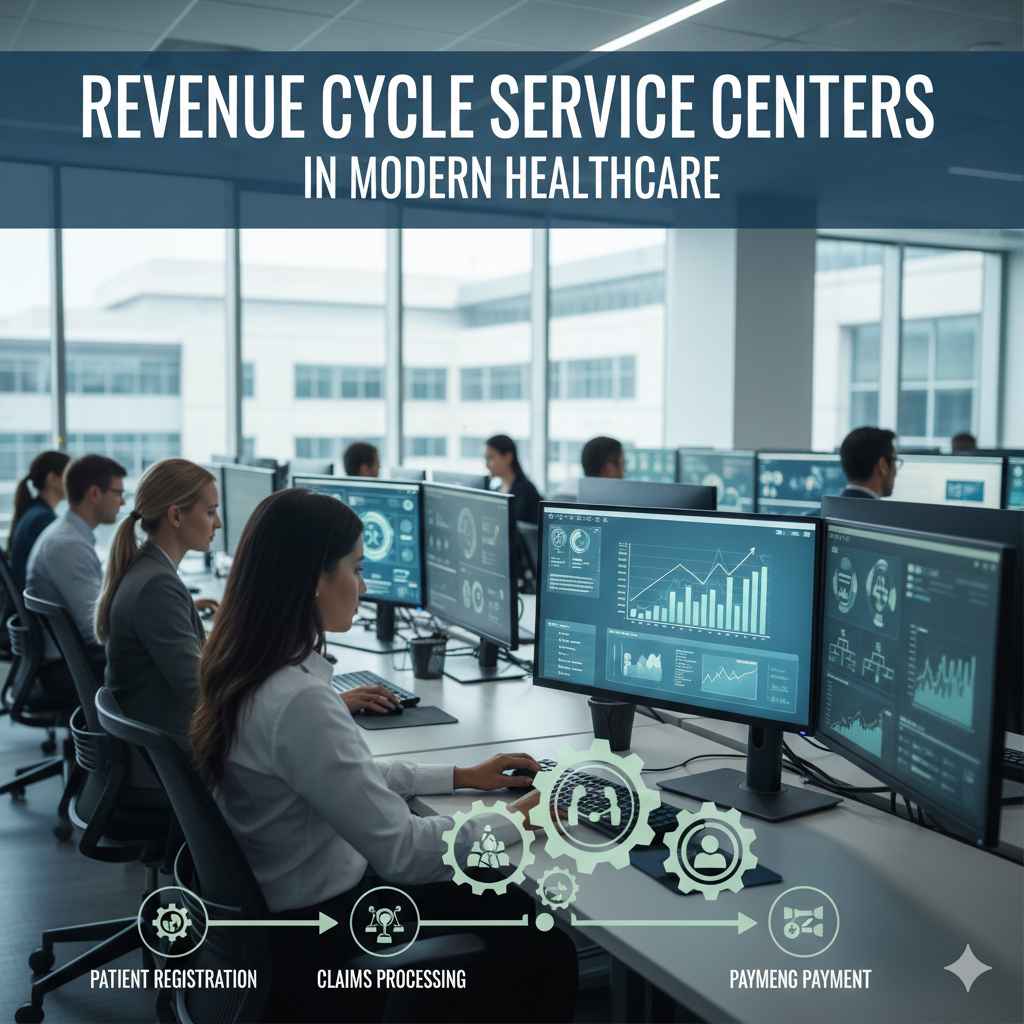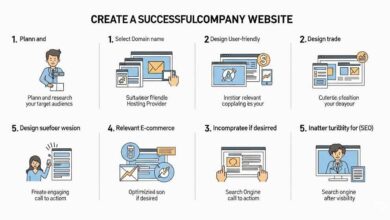Centralizing Success: The Role of Revenue Cycle Service Centers in Modern Healthcare
If you’ve worked in healthcare for any amount of time, you know the clinical side gets most of the spotlight—but the financial engine running behind the scenes is just as vital. Without a healthy cash flow, even the most exceptional care becomes unsustainable. That’s where revenue cycle management comes into play, and more recently, the revenue cycle service center has emerged as one of the most effective ways to keep that engine running smoothly.
For many healthcare organizations, managing the revenue cycle has become a complex balancing act. You’re not just billing insurance and collecting payments. You’re dealing with eligibility checks, authorizations, denials, coding accuracy, regulatory compliance, and increasing patient responsibility. And when these tasks are spread across multiple teams with inconsistent processes, mistakes pile up quickly.
A revenue cycle service center offers a practical solution by centralizing operations, creating standard workflows, and using technology and data to streamline everything from scheduling to collections.
What Is a Revenue Cycle Service Center?
At its core, a revenue cycle service center is a centralized team or department dedicated solely to managing all aspects of the revenue cycle. Rather than having different staff in different locations handling patient billing, insurance follow-ups, or coding, the service center consolidates these roles under one roof—or virtual space.
Functions typically handled by a revenue cycle service center include:
- Insurance verification and authorization
- Charge capture and coding accuracy
- Claim submission and tracking
- Denial management and appeals
- Payment posting and reconciliation
- Patient billing and financial counseling
By organizing these tasks in a centralized, coordinated way, healthcare organizations can boost efficiency, reduce errors, and see a clearer picture of financial health.
Why Revenue Cycle Management Needs Reinvention
Before we dive deeper into how the service center helps, it’s worth asking—why does revenue cycle management need an overhaul in the first place?
Healthcare billing has grown more complex over the years. There are more insurance plans, more regulations, more pressure on documentation, and more patients with high-deductible plans who may struggle to pay their bills. Each of these factors adds weight to the shoulders of already overstretched billing teams.
In traditional setups, front-desk staff might handle eligibility checks, nurses might code procedures, and billing teams might work off incomplete information—all in silos. This disjointed approach makes it hard to standardize processes or measure success. Denials get missed, follow-ups are delayed, and cash flow suffers.
Centralizing these tasks into a revenue cycle service center solves many of these issues by promoting alignment, accountability, and better use of technology.
The Benefits of a Centralized Service Center
Let’s look at what healthcare organizations stand to gain from adopting a revenue cycle service center model:
1. Consistency Across the Board
Standardized workflows mean fewer mistakes. When everyone’s following the same playbook—regardless of department or location—your data becomes more reliable, and your claims more accurate.
2. Better Denial Management
Instead of reacting to denials piecemeal, a centralized team can track trends, identify common causes, and implement fixes across the entire system. This proactive approach improves first-pass claim rates and reduces lost revenue.
3. Enhanced Staff Specialization
In a decentralized model, staff often wear too many hats. A revenue cycle service center lets team members focus on specific areas of the process, building deeper expertise and reducing burnout.
4. Improved Use of Data
Centralized operations make it easier to collect and analyze data. You can measure key revenue cycle metrics—like days in A/R, denial rates, and net collection rates—then use those insights to drive improvements.
5. Faster, Cleaner Collections
With improved processes and fewer errors, payments come in quicker and more predictably. Patients benefit too, since they’re more likely to receive accurate bills with clear instructions.
Who Can Benefit?
This model isn’t just for massive hospital systems. Smaller practices, urgent care networks, and even specialty clinics can benefit from some version of a revenue cycle service center—whether in-house or through a third-party partner.
If your organization struggles with:
- High denial rates
- Inconsistent patient billing
- Long reimbursement delays
- Communication breakdowns between departments
- A lack of visibility into financial performance
…a centralized approach may be exactly what you need.
Key Considerations Before Making the Switch
Adopting a revenue cycle service center isn’t as simple as renaming your billing department. It requires:
- Staff retraining
- Workflow redesign
- Updated software systems
- Buy-in from leadership and clinical teams
Start by auditing your current processes. Where are the breakdowns happening? What tasks are being repeated or missed entirely? Then, map out how a centralized model could improve each area.
It’s also critical to set clear goals. Whether you’re aiming to reduce denials by 20%, cut days in A/R, or improve patient satisfaction with billing, knowing your targets will help guide the transition.
Final Thoughts
As healthcare becomes more data-driven and patient-focused, the need for efficient, transparent, and scalable financial systems is greater than ever. The revenue cycle service center is more than just a structural change—it’s a mindset shift toward streamlined, smarter revenue cycle management.
Instead of scrambling to fix problems after they happen, you’re building a system designed to prevent them in the first place. That’s good for your bottom line, your staff’s sanity, and your patients’ trust.
In a field where precision and care are everything, why should your finances be treated any differently?





